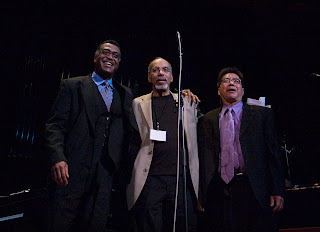But, as all utopias must, this community has fallen into dystopia. Many of the large, expensive houses are empty and for sale. Across the street, the dollar store remains the only business; the rest of the strip remains empty. Only shadows of the rich are here, their money goes to other places; their presence is not felt. In the puddle’s reflection is the apartment building. Where the rich are present, the less affluent community is ephemeral, and stepped on, marginalized.
Though this is a bleak perspective, it is not without hope. Rather, this is a call for revision, for rethinking and re-imagining. If a progressive move towards equality can happen any where, Oberlin is a good seeding ground for it.






































